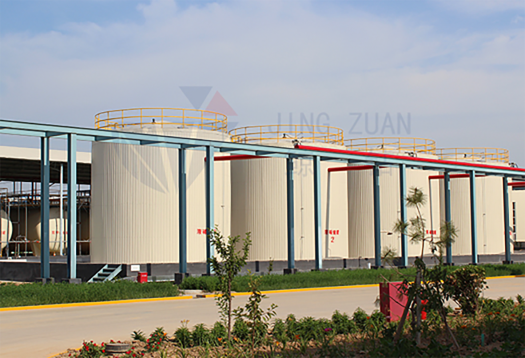
Oct . 10, 2024 04:28 Back to list
hydroxypropyl methylcellulose uses
The Versatile Uses of Hydroxypropyl Methylcellulose (HPMC)
Hydroxypropyl methylcellulose (HPMC) is a semi-synthetic polymer derived from cellulose and belongs to a group of compounds known as cellulose ethers. It is predominantly used in the food, pharmaceutical, and construction industries due to its unique properties, making it a versatile ingredient across various applications. Understanding the diverse uses of HPMC provides insight into its importance in modern science and industry.
Food Industry Applications
In the food industry, HPMC serves as a thickening agent, emulsifier, and stabilizer. Its ability to form a gel-like texture helps improve the mouthfeel of products, which is particularly beneficial in low-fat food items where the reduction of fat can adversely affect texture. As a vegetarian alternative to gelatin, HPMC is frequently used in the production of gelled desserts and other culinary applications. Furthermore, it enhances the shelf life of food products by acting as a moisture-retaining agent, inhibiting crystallization, and maintaining the quality of baked goods.
Moreover, HPMC is recognized for its role as a gluten replacer in gluten-free products. As the demand for gluten-free food rises, particularly among individuals with celiac disease or gluten sensitivity, HPMC proves invaluable by improving dough stability and texture, making gluten-free products more palatable. This adaptability extends to sauces, dressings, and ice creams, where it helps to improve consistency and stability.
Pharmaceutical Applications
HPMC is also widely utilized in the pharmaceutical industry, serving as an excipient in the formulation of various medicines. Its properties make it an ideal binder in tablet formulations, ensuring the homogeneity of the mixture and improving the overall quality of the product. Furthermore, HPMC assists in controlling the release of active ingredients, which is crucial for medications that require a sustained-release mechanism. This controlled release not only enhances the therapeutic effects of drugs but also reduces the frequency of dosing for patients.
Additionally, HPMC is a key component in ophthalmic preparations, where it acts as a viscosity-increasing agent to provide lasting lubrication for eye drops. Its biocompatibility makes it suitable for various medical applications, including drug delivery systems and wound healing formulations. As the world focuses more on patient-centric approaches, HPMC's role in improving the efficacy and safety of pharmaceutical products cannot be underestimated.
hydroxypropyl methylcellulose uses

Construction Industry Applications
Beyond the food and pharmaceutical realms, HPMC has found significant applications in the construction industry. It is used as an additive in cement-based building materials such as mortar and concrete. By improving workability and water retention, HPMC ensures that these materials are easier to apply while also enhancing their adhesion quality. This leads to increased durability and improved mechanical strength of the final structures.
Furthermore, HPMC functions as a re-dispersible powder that enhances the flexibility and tensile strength of dry-mix products and wall plaster. Its performance is particularly notable in tile adhesives, where it prevents sagging and contributes to the uniformity of application, ensuring that tiles securely adhere to surfaces.
The Environmental Considerations
In addition to its diverse applications across various industries, HPMC raises minimal environmental concerns compared to synthetic polymers. As a cellulose derivative, it is biodegradable and offers a more environmentally friendly option, aligning with the growing push towards sustainability in manufacturing processes.
Conclusion
Hydroxypropyl methylcellulose (HPMC) is a remarkable polymer that bridges various industries by providing unique properties that meet specific needs. Its multifaceted applications range from enhancing food products to improving pharmaceutical formulations and advancing construction technologies. As industries continue to evolve, the potential for HPMC to play a crucial role in innovation and sustainability remains vast. As such, ongoing research and development in HPMC applications promise to unveil even more uses and benefits in the years to come, emphasizing its importance in our daily lives and the global economy.
-
Unlocking the Benefits of HPMC Products: A Gateway to Versatile Applications
NewsAug.07,2025
-
Unleashing the Potential of HPMC Ashland: A Comprehensive Look
NewsAug.07,2025
-
Tile Bonding Cellulose: The Key to Superior Adhesion and Durability
NewsAug.07,2025
-
Hydroxypropyl Methylcellulose Powder: The Versatile Component in Modern Pharmaceuticals
NewsAug.07,2025
-
Hydroxyethyl Cellulose: The Versatile Solution for Various Industries
NewsAug.07,2025
-
Hydroxyethyl Cellulose (HEC): The Versatile Polymer for Various Applications
NewsAug.07,2025







